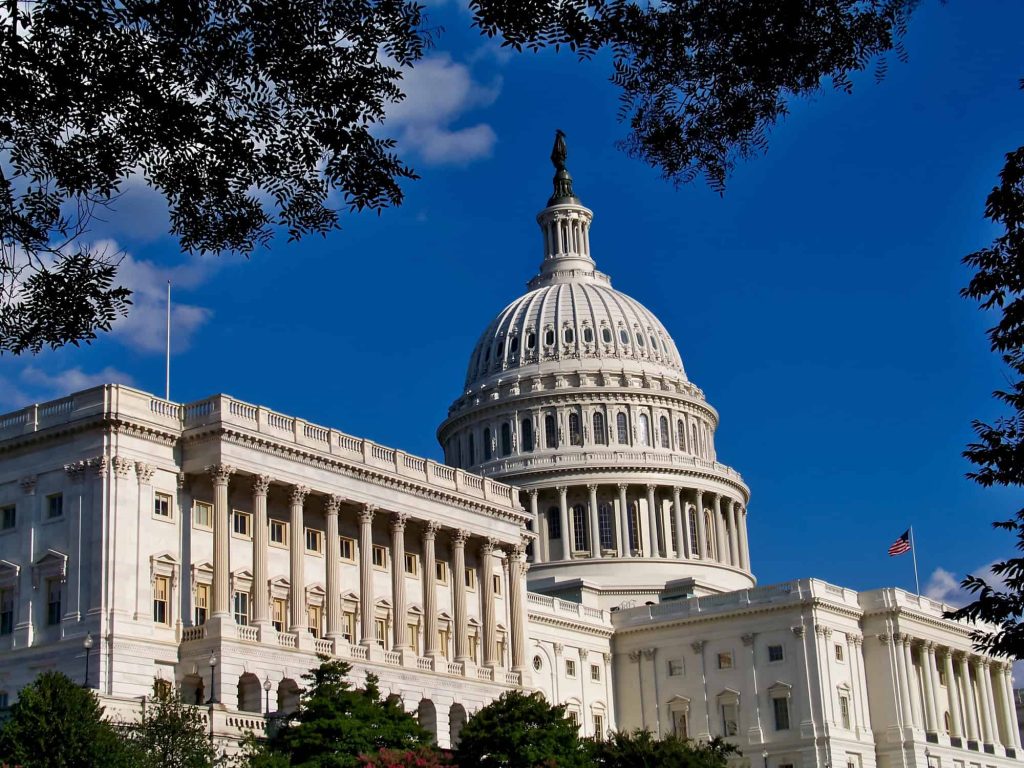
Earlier in July, President Trump signed into law the “One Big Beautiful Bill Act” of 2025 (OBBBA). Many individuals including federal employees and retirees are asking how OBBBA’s passage will affect their 2025 federal income taxes and how changes could affect tax planning for 2025 and beyond.
Compared to the Tax Reform Act of 1986 and the Tax Cuts and Jobs Act of 2017 (TCJA), there are few radical changes associated with OBBBA. OBBBA has made several permanent changes coming out of the 2017 Tax Cuts and Jobs Act of 2017 that were set to expire at the end of 2025. These expiring tax provisions would have raised individual income taxes for many individuals including some federal employees and retirees.
The low individual tax rates (10%, 12%, 22%, 24%, 32%, 35% and 37%) were passed as part of the TCJA and will continue. Many federal employees and retirees are in the 22 percent and 24 percent marginal brackets which stretches from about $100,000 to $400,000 of taxable income for married filing joint filers and half of that taxable income range for single filers.
Another federal income tax filing item retained from the TCJA is the near doubling of the standard deduction. The standard deduction is the amount that tax-filers can deduct if they do not itemize deductions. For many tax-filers, this change has resulted in tax preparation simplification and reduced the number of itemized federal income tax returns from about 30% before the passage of TCJA to less than 10 percent today.
OBBBA makes permanent the $2,000 child tax credit that was enacted as part of TCJA. The child tax credit also increases in 2025 to $2,200 per child under the age of 17. It will be indexed for inflation in future years.
The federal estate tax and gift tax have been given clarity. For 2025, the exemption is $13.99 million per individual. Without the passage of OBBBA, the exemption was due to decrease to $7 million in 2026. OBBBA’s passage sets a permanent base of $15 million per person starting in 2026, with inflation adjustments in future years.
There are changes and new provisions in OBBA that could affect tax planning this year and in future years for some federal employees and retirees. The following are the notable changes and new provisions:
1. State and Local Tax (SALT) deduction. For individuals who itemize (file Schedule A) on their federal income tax returns, one of the itemized deductions is state and local taxes. State and local taxes include income taxes, sales taxes, property taxes and personal property taxes. TCJA limited the SALT deduction to $10,000 per filer; that is, no matter what the individual’s filing status – single, head of household or married filing jointly – the SALT deduction was limited to $10,000. OBBA raises the SALT deduction to $40,000 for individual filers with less than $500,000 of adjusted gross income (AGI). The deduction phases down to $10,000 for AGI above $500,000. This provision takes effect in 2025 and expires at the end of 2029. Starting in 2030, the SALT deduction reverts back to $10,000. Those federal employees and retirees living in states with high state and local income taxes and/or high property taxes will likely benefit from this provision.
2. Chartable donations. OBBA has two significant changes that affect charitable contributions. Both of these changes take effect in 2026. The first change becoming effective January 1,2026 is that charitable donors will be allowed to deduct $1,000 (single filers) and $2,000 (married filing joint filers) if they do not itemize deductions on Schedule A.
The second change taking effect January 1,2026 disallows a portion of the charitable deduction on Schedule A equal to 0.5% of a tax filer’s modified adjusted gross income (MAGI). For example, a tax- filer with a MAGI of $300,000 would not a get a charitable deduction for the first 0.5% of $300,000 or $1,500 of charitable donations on Schedule A. Charitable donors who want to avoid this limitation in 2026 should consider accelerating their charitable donations into 2025.
3. Extra standard deductions for individuals age 65 and older. Individuals who are 65 and older will receive an extra standard deduction of $6,000 per individual and $12,000 for married couples in which both spouses are 65 or older. The extra standard deduction phases out starting when the single filer’s AGI reaches $75,000 and when the married filing joint filers’ AGI reaches $150,000. Note that the extra $6,000/$12,000 is added to the regular standard deduction and the additional standard deduction for individual age 65 and older that are already in the tax law. The extra standard deduction for individuals age 65 and older is in effect only for the years 2025-2028.
4. Energy efficient home improvement tax credit. The 30 percent credit for energy efficient home improvements is repealed for the tax years after 2025. The deadline for qualifying for the residential clean energy tax credit is December 31, 2025. The previous deadline was December 31, 2034. Most “green energy” tax credits have been repealed effective January 1, 2026, as well as credits for solar and electrical paneling and electric vehicle upgrades. OBBBA promotes fossil fuel and rural energy expansion.
5. 529 education savings plan expansion. OBBBA expands tax-free withdrawals from 529 college savings plans. The expansion includes more kindergarten to grade 12 expenses, and expenses for certification and licenses such as the Heating, Ventilation and Air Conditioning (HVAC) profession. The 529 education savings plan expansion takes effect January 1, 2026.

